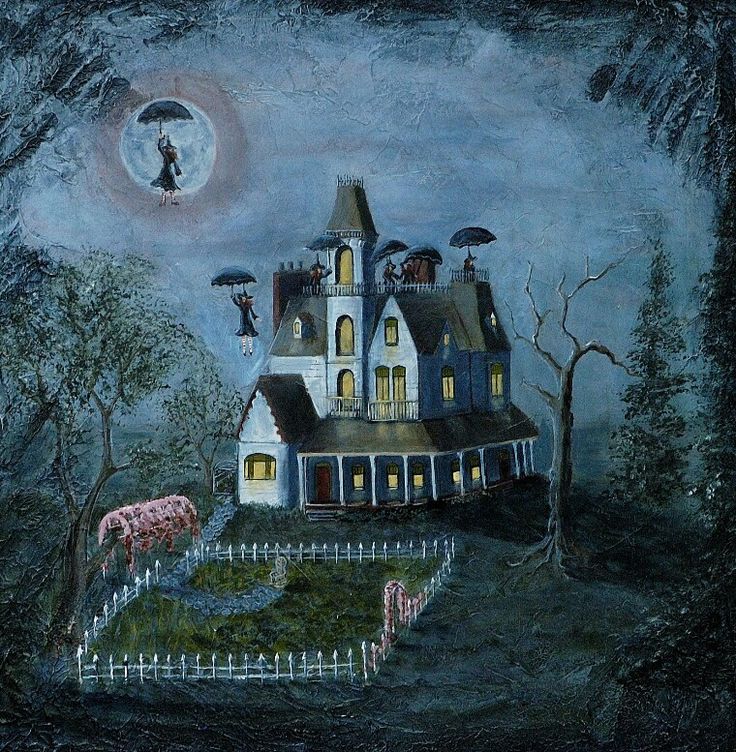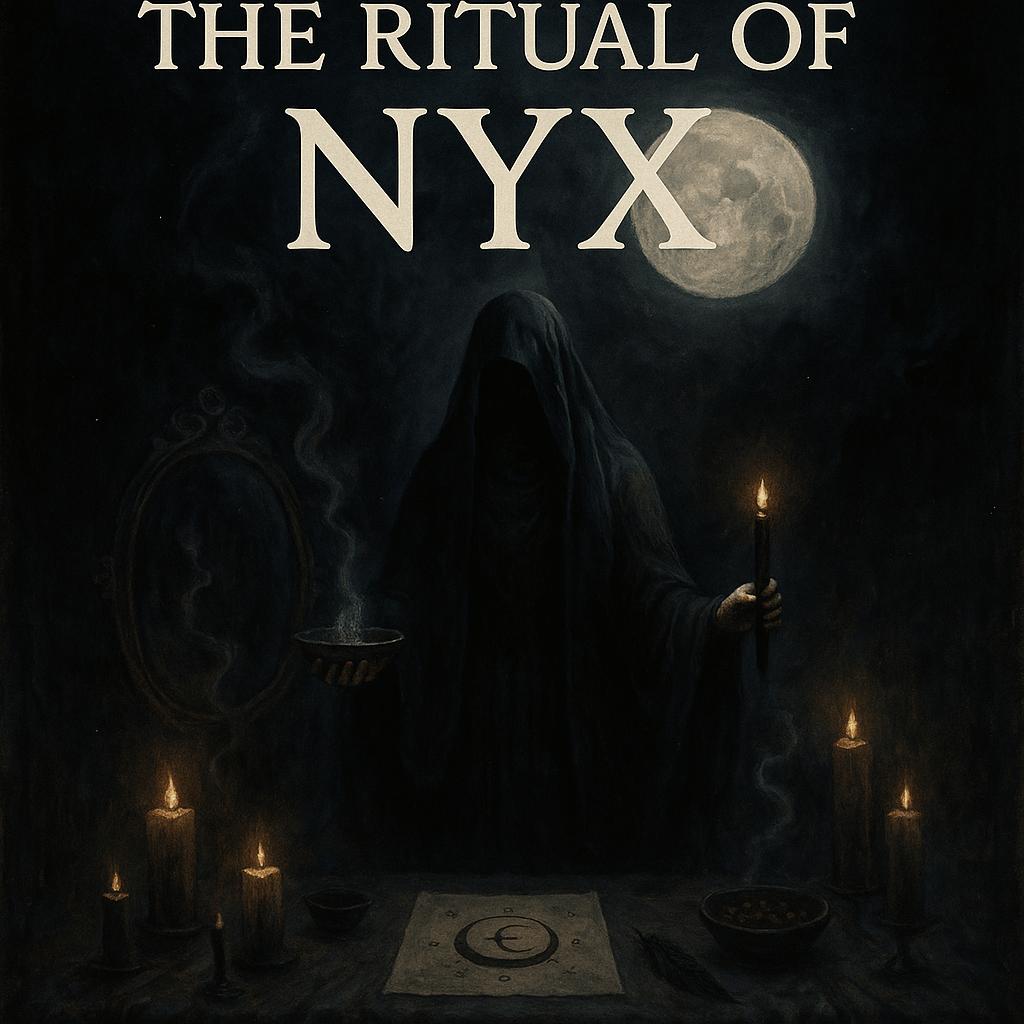Your cart is currently empty!

Pensive Reflections: Practical witchcraft in the modern age
Witchcraft, an ancient practice shrouded in myth and often misunderstood, has evolved significantly across centuries. Far from the stereotypes and stigmas of the past, modern witchcraft has emerged as a versatile, individualized spiritual path that offers practitioners personal empowerment, spiritual fulfillment, and a profound connection with nature. Today, witchcraft seamlessly blends ancient practices with contemporary technologies, enabling practitioners to tailor their practices to meet their unique spiritual needs and integrate witchcraft into their daily lives.
This article explores the evolution, core practices, tools, ethical considerations, and the integration of technology in modern witchcraft, showing how ancient traditions continue to offer relevance and resonance in the 21st century.
The Evolution of Witchcraft
The roots of witchcraft can be traced back to ancient times when spiritual practices were closely intertwined with the natural world. Early practitioners, often known as wise women, shamans, or cunning folk, served as healers and spiritual guides in their communities. These figures used their knowledge of herbs, charms, and folk rituals to provide both healing and protection. In many Indigenous and European traditions, for example, witchcraft involved herbal remedies, divination, and nature worship, aimed at harnessing natural forces for the well-being of individuals and communities. During the European witch hunts from the 15th to the 18th centuries**, witchcraft was criminalized, largely due to political and religious pressures, as well as societal fears. This period of persecution—often aimed at women and marginalized individuals—fueled stereotypes and painted witchcraft as sinister. However, as European societies began to secularize in the late 19th century, new religious freedoms emerged, allowing people to explore alternative spiritual paths.
In the mid-20th century, Gerald Gardner, an English civil servant, reintroduced witchcraft as a structured, formalized spiritual path known as Wicca. Gardner’s work, including his book Witchcraft Today, emphasized a blend of ritual, nature worship, and ethical principles like the Wiccan Rede, which advises practitioners to “harm none.” His influence, alongside other figures like Doreen Valiente and Alex Sanders, helped shape modern witchcraft into a positive and accessible practice rooted in personal ethics, environmental consciousness, and spiritual growth.
Annotated Owen. A History of Magic, Witchcraft, and the Occult. London: Thames & Hudson, 2020.
- Gardner, Gerald B. Witchcraft Today. London: Rider, 1954.
Core Practices of Modern Witchcraft
Modern witchcraft is a dynamic practice that can encompass diverse methods, beliefs, and approaches. Despite the variety, many practitioners engage in several core practices, including rituals, divination, herbalism, and mindfulness.
1. Rituals and Spells
Rituals and spells are foundational to many forms of witchcraft, both traditional and modern. Historically, rituals have included symbolic actions and words designed to harness or redirect energy toward a specific goal. In modern practice, witches continue to use elements like candles, crystals, and herbs, which are believed to amplify intentions by drawing on natural energies.
Notably, some practitioners have adapted these rituals to the digital age. For example, emoji’s are occasionally used in digital spells to represent specific intentions or energies, such as using 🌞 for vitality or 🌙 for introspection. This integration of traditional practices with digital symbols allows modern practitioners to blend ancient symbolism with contemporary expression.
2. Divination
Divination, the practice of seeking insight or foreknowledge, has been a key aspect of witchcraft for centuries. Common tools include tarot cards, runes, and pendulums, each of which allows practitioners to access inner guidance and make informed decisions. The popularity of online tarot readings and divination apps has brought these practices to a larger audience, making them accessible to beginners and experts alike.
3. Herbalism and Natural Herbalism, or the use of plants for healing, is a longstanding practice in witchcraft. Many modern witches grow their own herbs or seek out ethically sourced plants to create remedies for wellness and healing. For example, lavender is often used for relaxation, rosemary for protection, and peppermint for mental clarity. Practitioners combine traditional herbal knowledge with modern scientific understanding to create safe and effective remedies that support both physical and spiritual well-being.
4. Meditation and Mindfulness
Meditation and Mindfulness practices allow witches to connect deeply with their inner selves and with the natural world around them. By incorporating these practices into their routines, practitioners cultivate heightened awareness, self-reflection, and spiritual grounding. In modern witchcraft, meditation can involve visualization, breath work, or focusing on specific energies. Mindfulness has become central to many daily practices, helping witches live with intention and align their actions with their spiritual goals.
Tools of the Modern Witch
In addition to ices, modern witches utilize various tools that enhance their rituals, meditations, and connections with natural energies.
1. Altars and Sacred Spaces
An altar is a personal space where practitioners can focus their intentions, perform rituals, and honor spiritual energies or deities. This sacred space can include candles, crystals, herbs, photos, or any objects that hold significance. Some modern witches even create digital altars, using photos, apps, or dedicated online spaces, allowing them to access their sacred space wherever they are.
2. Crystals and Stones
Crystals are highly valued for their symbolic and energetic properties. Amethyst, for example, is used for tranquility and spiritual protection, while rose quartz is often used for love and emotional healing. In modern witchcraft, crystals have gained widespread popularity, with many people carrying or wearing specific stones for support, grounding, or intention.
3. Books and Online Resources
The internet has significantly changed how witches access knowledge and connect. Online platforms provide tutorials, eBooks, and forums where practitioners can learn and share insights. Social media platforms like TikTok and Instagram (via #WitchTok and #Witchblr) have become major hubs for witchcraft content, making it easier than ever to find resources, join communities, and share knowledge .
Witchcraft and Technology
The integration of technology represents one of the most significant changes in recent years. With social media, online communities, and apps, witchcraft has become more accessible and inclusive. Platforms like TikTok, YouTube, and Instagram allow practitioners to share tutorials, document rituals, and offer guidance, creating global networks that foster shared learning and support.
Additionally, digital tools like astrology apps, tarot software, and moon-phase trackers enable practitioners to align their practices with cosmic events and seasonal cycles. Many practitioners use apps for lunar tracking or divination to enhance their spiritual practices. Through these tools, technology has brought witchcraft into the hands of a new generation, offering flexibility and interconnectivity that were previously unimaginable.
Ethical Considerations
In the modern era, witchcraft emphasizes ethics, sustainability, and inclusivity. Practitioners are increasingly mindful of sourcing materials ethically and practicing cultural respect. For example, ethical sourcing of herbs, crystals, and tools has become a priority, as awareness of environmental and cultural impacts has grown. Additionally, respecting cultural origins and ensuring that practices remain inclusive to all backgrounds reflects the focus on personal responsibility that many modern witches prioritize.
Conclusion
Practical witchcraft in the modern age is an adaptive, inclusive, a practice that allows practitioners to connect with ancient wisdom and natural energies in personally meaningful ways. By blending traditional methods with modern innovations, witchcraft offers a pathway for those seeking spiritual growth, empowerment, and a sense of interconnectedness. Embrace the magic within and around you, honoring both ancient wisdom and contemporary expression.
Annotated Bibliography
- Davies, Owen. A History of Magic, Witchcraft, and the Occult. London: Thames & Hudson, 2020.
- This comprehensive history covers the origins of witchcraft, the European witch trials, and the re-emergence of witchcraft in the 20th century, with detailed context for understanding modern adaptations.
- Gardner, Gerald B. Witchcraft Today. London: Rider, 1954.
- Gardner’s introduction to Wicca offered a positive framework for witchcraft, focusing on nature worship, ethical guidelines, and ritual practice, laying the groundwork for its modern revival.
- Hutton, Ronald. The Triumph of the Moon: A History of Modern Pagan Witchcraft. Oxford: Oxford University Press, 1999.
- Hutton’s well-researched work provides an in-depth look at the 20th-century resurgence of witchcraft, particularly Wicca, offering insights into its historical influences and cultural shifts.
- Lecouteux, Claude. Witches, Werewolves, and Fairies: Shapeshifters and Astral Doubles in the Middle Ages. Rochester, VT: Inner Traditions, 2003.
- Explores European folklore and magical practices, providing a foundational understanding of traditional beliefs that continue to influence modern witchcraft.
- Bonewits, Isaac. Real Magic: An Introductory Treatise on the Basic Principles of Yellow Magic. Weiser Books, 1989.
- Bonewits explores the principles of magical practice, offering insights into the psychological and philosophical underpinnings of spellwork and ritual.
- Morgan, Diane. The Magical Household: Spells and Rituals for the Home. Llewellyn Publications, 2018.
- Morgan’s






